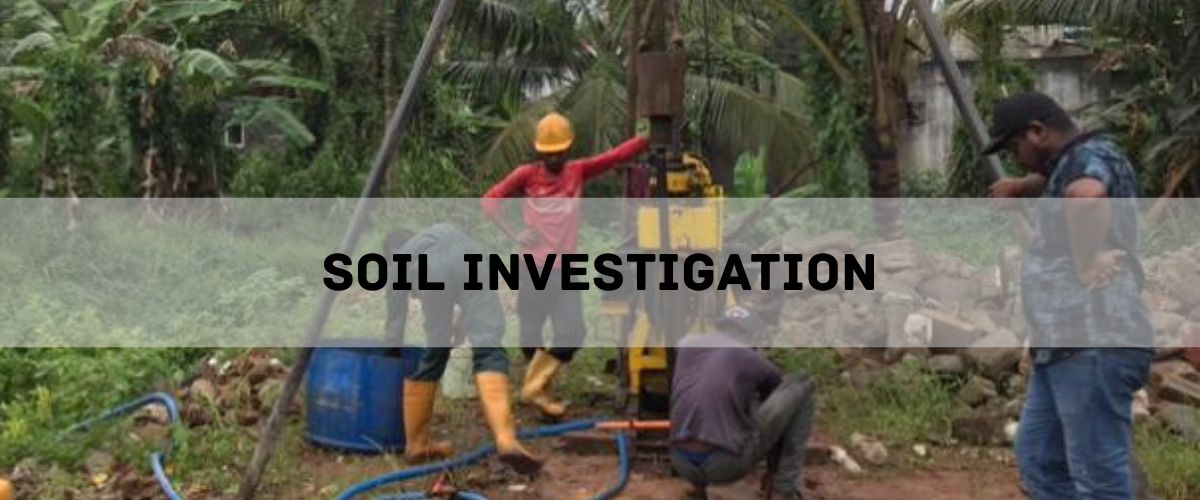
- January 30, 2025
- PSConstruction
- 0
Soil Investigation
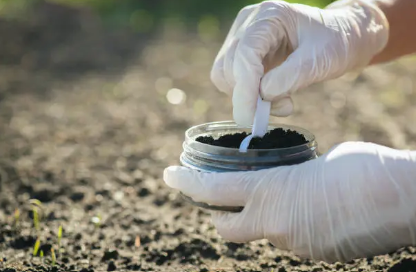
The Crucial Role of Soil Investigation in Pearl Studio Projects
What is Soil Investigation in Construction?
Soil investigation is the process of studying and analyzing the soil ground condition at the building site. Which will help the engineers and builders understand the situation of the soil to build a secure, cost-effective, and stable foundation. Soil investigation identifies soil deposits, landslides, and groundwater levels, obtains soil samples to conduct in-situ and lab tests to determine engineering properties. In other words, soil investigation is a “health check-up” for the site before building on the ground.
What are Soil Investigation Methods?
Soil investigation methods are techniques used to analyze and assess the properties of soil at a specific location. These methods help engineers, architects, and construction professionals determine the soil’s suitability for building foundations, roadways, and other structures. Some common soil investigation methods include:
- Boring and Sampling: A drill is used to collect soil samples from different depths. These samples are then analyzed in a lab to determine their properties, such as composition, compaction, and strength.
- Standard Penetration Test (SPT): A tool is driven into the ground to measure soil resistance, helping to determine the soil’s density and strength.
- Cone Penetration Test (CPT): A cone-shaped probe is pushed into the ground to measure soil resistance at various depths, which provides data on the soil’s stratigraphy and strength.
- Geophysical Methods: These include techniques like seismic refraction and ground-penetrating radar (GPR), which use sound waves or electromagnetic waves to detect soil properties without taking physical samples.
- Plate Load Test: A load is applied to a steel plate placed on the ground to measure soil settlement and its bearing capacity.
- Vane Shear Test: This method is used for measuring the shear strength of cohesive soils, like clay, by inserting a vane into the soil and rotating it.
- Proctor Compaction Test: Used to determine the optimal moisture content at which soil reaches its maximum dry density.
These methods are selected based on the type of soil, the depth of investigation, and the intended use of the land. They are crucial for ensuring the safety and stability of construction projects.
The above-mentioned soil investigation methods are commonly used, and in this blog article, we will focus on the Borehole Test.
Borehole Test for Soil
Borehole test in soil investigation method involves making or drilling bore holes into the ground to collect soil and rock samples to get their physical and engineering properties of them. This test depends on the type, weight, and size of the structure which comes as general guidelines for location and depth of boreholes.
This test is done on the soft and uncemented ground that is located at the corner of buildings or the center of the site where heavily loaded machines are proposed. Boring tests are necessary for designing foundations, tunnels, roads, and other infrastructure projects.
Bore hole testing is done to identify soil layers and their properties to assess oil strength and bearing capacity as well. As well too. Determine ground water levels which is important when designing and constructing the plan. Lastly, to detect potential issues that may cause structural failures and also assist in selecting the appropriate foundation type.
Objectives of borehole testing
- Identifying the soil layers and their properties.
- Decide groundwater levels for secure foundation design and contractual plan.
- Assess soil strength and capacity to hold the building load.
- Detect potential issues too. Support foundation design.
Boring methods
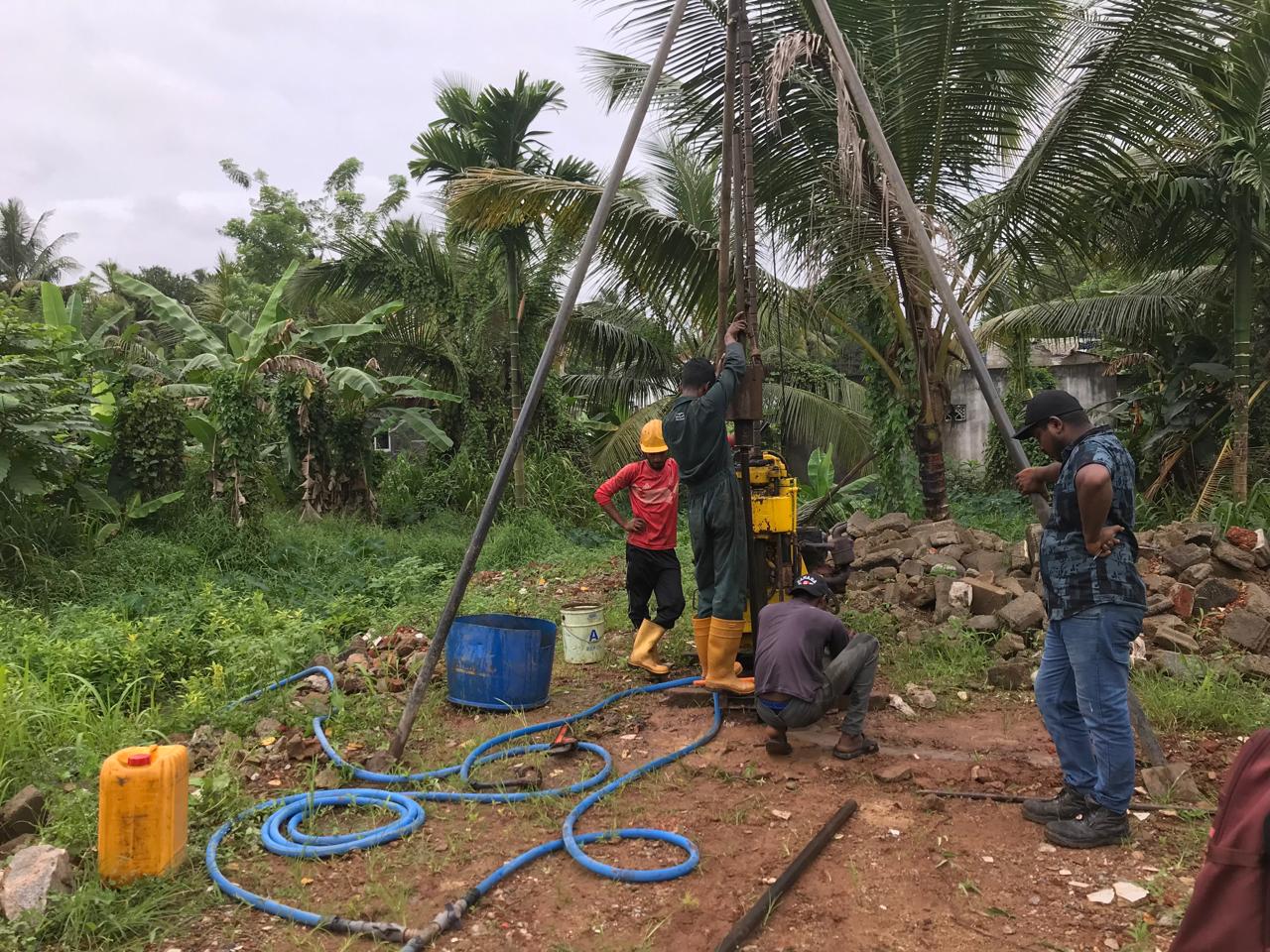
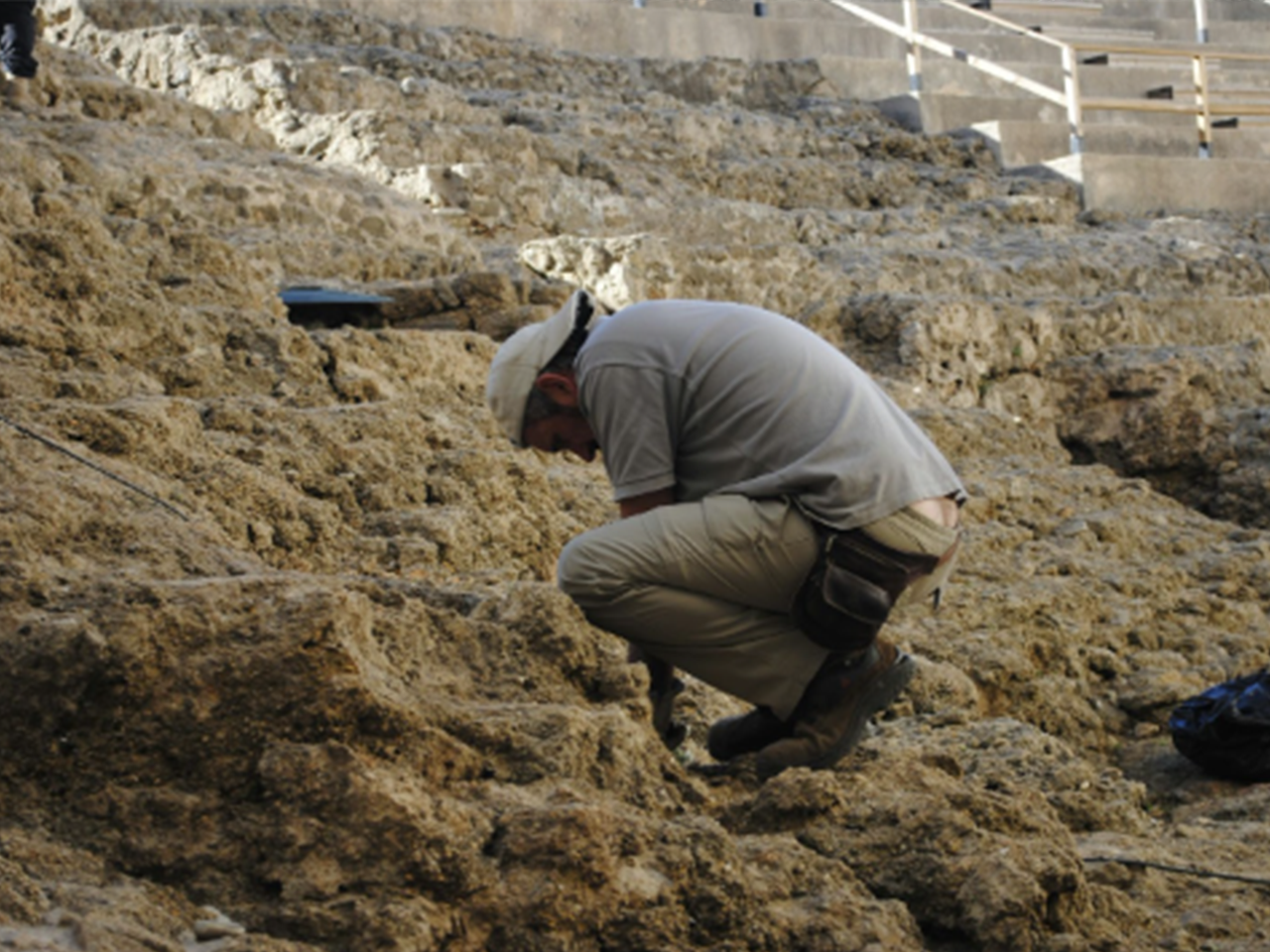
- The Auger Boring Method involves using a hand-operated or power-driven auger to drill and extract soil samples. This method is simple and cost effective which is not suitable for hard soil types.
- The Wash Boring Method involves driving a casing pipe into the soil and getting sample by a water jet or drilling fluid. This method is suitable for losing soils and deeper depths. The need for liquids may not be feasible in remote areas.
- The Rotary Drilling Method uses a rotating drill to cut through the soil and rocks which are often used with a drilling fluid to lubricate and stabilize the borehole. This method requires expensive equipment and skill as well. This method is slow and costly compared to other methods.
Borehole methods depend on the soil
- Soil Sampling Test which extracts samples from laboratory analysis to determine properties such as composition, texture, permeability, moisture content, and shear strength.
- Standard Penetration Test which measures soil resistance by measuring the number of blows required to drive a split-spoon sampler.
- Cone Penetration Test determines soil resistance, friction and pore pressure by cone probe method.
- Pressure-Meter Test which evaluates how much the soil expands under pressure by cylindrical probe method.
- Vane Shear Test to measure undrained shear strength of soft, cohesive soils.
- Plate Load Test which helps in determining the bearing capacity and settlement behavior of the soil by applying weight on the rigid steel plate.
- Permeability Test helps to determine how well soil transmits water.
Bore hole test report
In the borehole tests report the finding of the soil investigations done by the borehole testing. The report provides a variety of critical information for engineers and designers to help design the foundation and assess the ground conditions.
The reports contain details such as purpose, location, and other project details regarding the soil investigation. As well as the borehole testing methods and drilling techniques and equipment used. This report also includes the findings from the soil such as soil layers and compositions, groundwater depth, soil strength and bearing capacity followed with the analysis and interpretations done regarding the founds and foundation. Recommendations and any other details will also be included in the report with conclusions.
Foundation Type
The foundation is the lowest part of the structure in a building which holds the whole design above the ground. The choice as to which foundation to construct mainly depends on the soil condition, building requirements, environment factors and budget. The borehole test report also plays a crucial role in selecting the proper foundation type.
- Pad foundation
Also known as isolated footing, it is a shallow foundation type that supports single columns or small constructions. This type is best suited for light-weight buildings as when the load from the column on to the soil is not very heavy. This foundation type is also used when the soil has high bearing capacity ass to it. Can support the structure without excessive support. This foundation is simple and cost-effective to construct as it requires less excavation. And materials than other foundations. This foundation is not suitable for weak soils as it cannot bear heavy structure and as well for uneven loadings structure. - Strip foundation
This foundation type is also called continuous footing foundation as it supports walls or close columns by distributing weight over a continuous strip of the concrete. This foundation type is suitable for load-bearing walls with moderate soil which is not too weak nor too strong and which is commonly used for houses and warehouses. Evenly distributed weight reduces the risk of constructing while it is not suitable for weak and waterlogged soils. - Pile foundation
This foundation transfers the building weight too long, slender columns (piles) driven to the ground. This is called deep foundation as the foundation reaches deeper and stronger layers since the surface soil is too weak to support the structure. As mentioned before, this foundation is used when the soil is weak, and the groundwater level is high. This foundation is suitable for weak and waterlogged soils which reduces the settlement risks that can support heavy loads from high. Rise structures. This foundation type is expensive since they require special equipment and skilled labor.
There are 2 types of piles
- End-Bearing Piles that transfer structure weight to strong layers.
- Friction Piles that use soil friction along the pile surface for structure transfer.
Soil settlement due to structural load
Soil settlement as to the. Gradual sinking or downward movement of the building due to the weight against the ground from the structure. This is a result of soil compression under the structure weight. This issue may cause structural damage shown by cracks in the wall or uneven floors etc.
Types of soil settlement
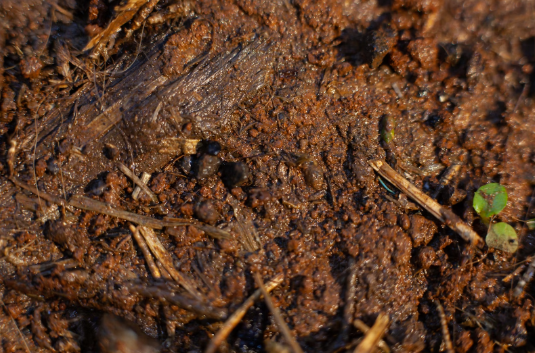
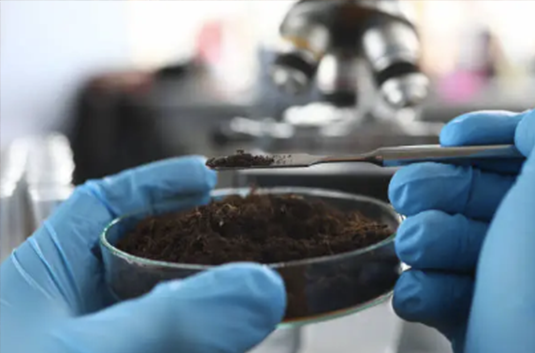
- Immediate Settlement which occurs quickly after the weight is applied to the ground. This mostly happens due to soil compaction which does not involve water movement.
- Consolidation Settlement which happens over time due to water explosions from clayey soils. This results in long-term structural shifting is not accounted for properly.
- Differential Settlement occurs in different parts of structures as in cracks in walls, and foundation tilting and the threat of collapse often result from uneven weight, lack of soil strength, etc.
Soil types, load magnitude, foundation type and moisture content are a few handfuls of factors that influence how much and how fast the soil settles under construction. To prevent settlements, it is important to conduct proper borehole testing, choose the suitable foundation, pre-load or compact the soil before construction and improve soil stability.
Soil investigation plays a crucial role in constructing which helps to ensure secure and stable foundation in buildings by analyzing soil conditions. From so many soil investigation techniques borehole techniques play a main part. As it helps to identify the soil layers, assessing strength, determining ground water levels and detecting potential risks that may be of a threat over time. The result of borehole tests which comes as a borehole test report guides the engineers and designers in selecting the most suitable and appropriate foundations type – pad foundation, strip foundation or pile foundation. The foundation type is selected depending on the soil’s conditions, structure requirements, environmental factors and budget.
Having a proper knowledge regarding soil settlements is as important as selecting the foundation. Soil settlement affects the building in long-term durability as well as not paying attention may cause in equal long-term issues that may cost as much as the building cost even more. Following soil investigation, foundation selection and precaution can minimize settlement to reduce risks and failures in the building.
In conclusion, through our general contracting services at Pearl Studio Construction, proper soil investigation, including borehole testing, is a fundamental step in ensuring the safety, cost-effectiveness, and long-lasting durability of every construction project.

